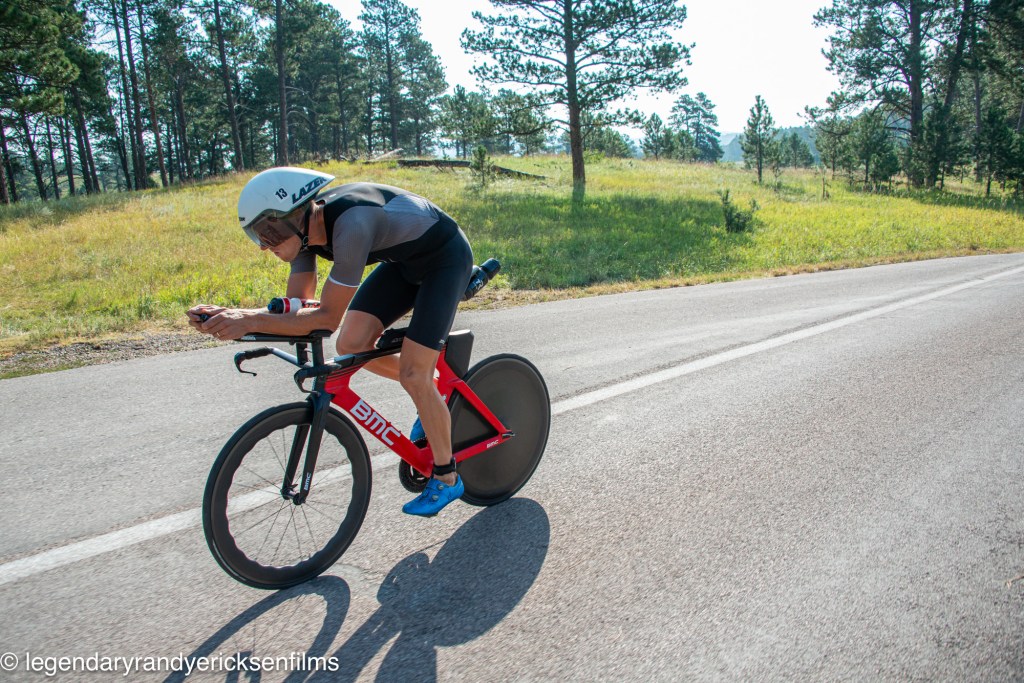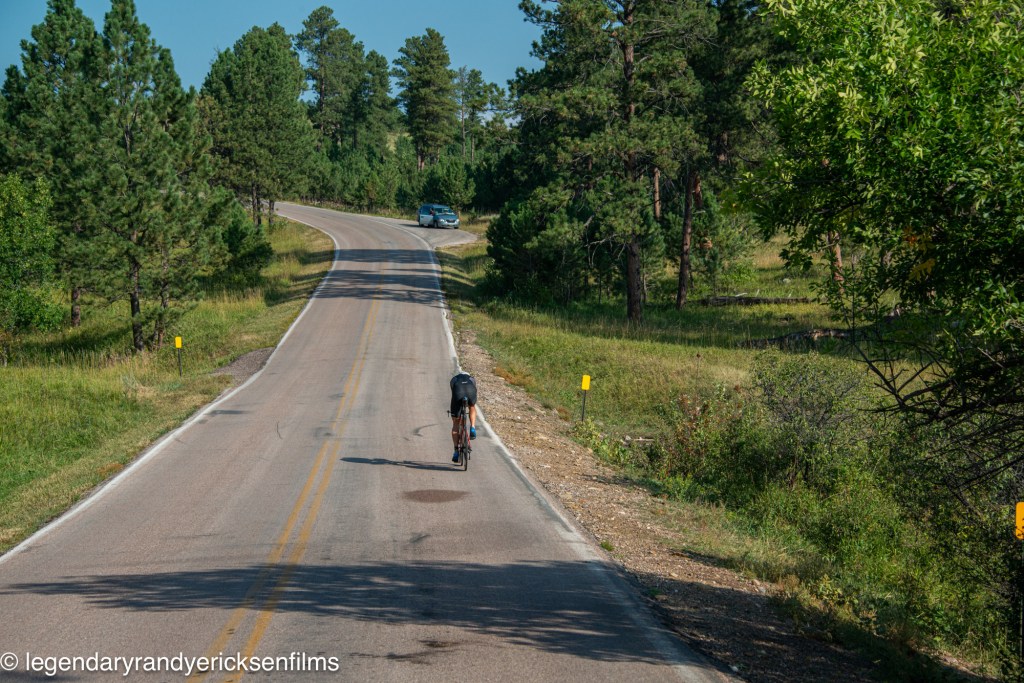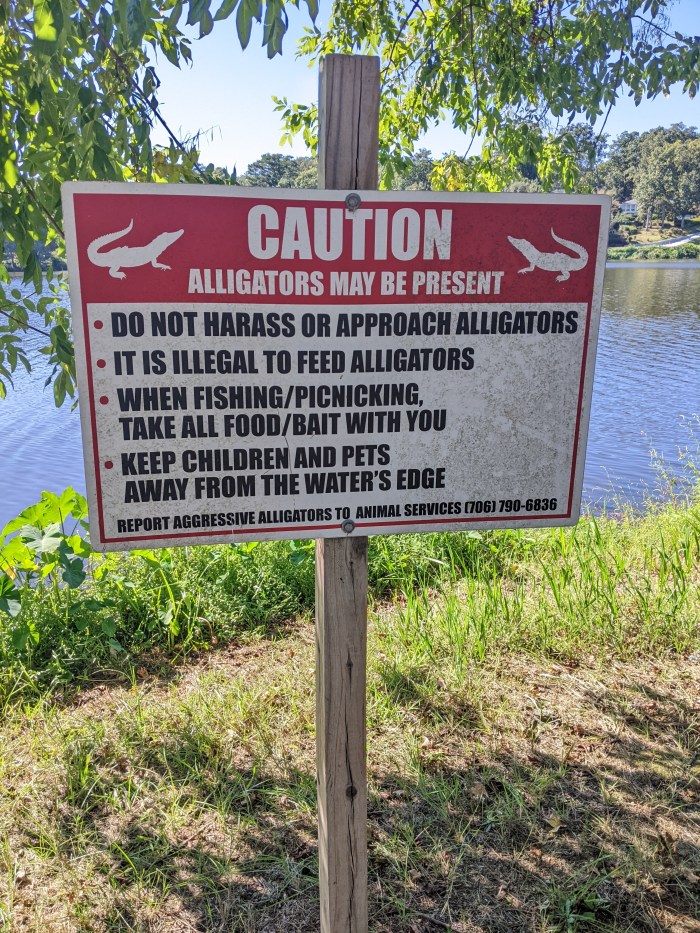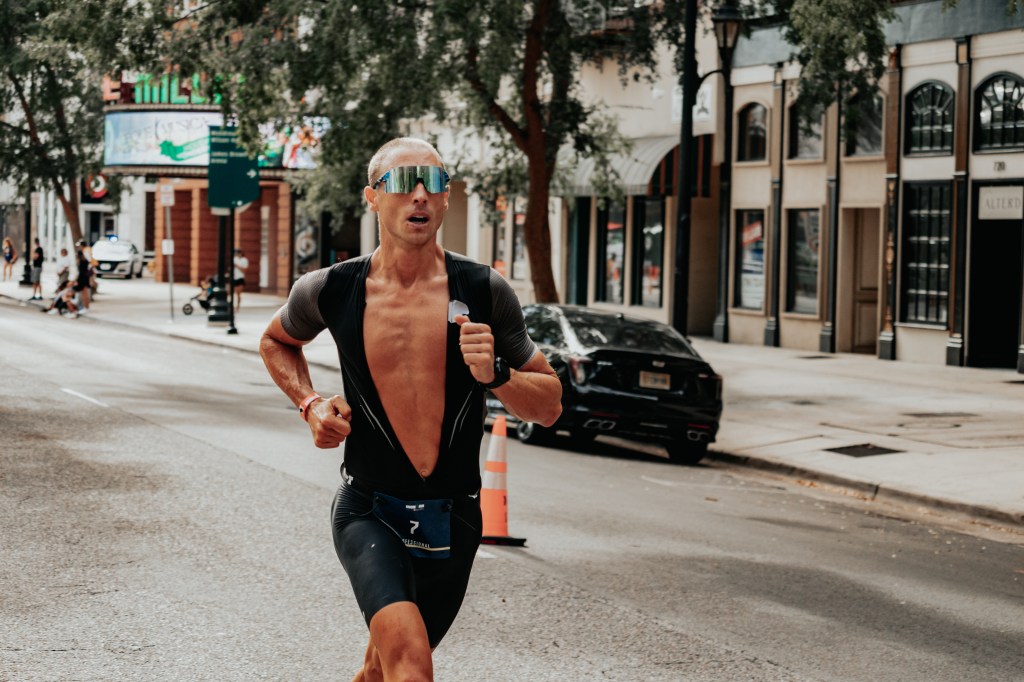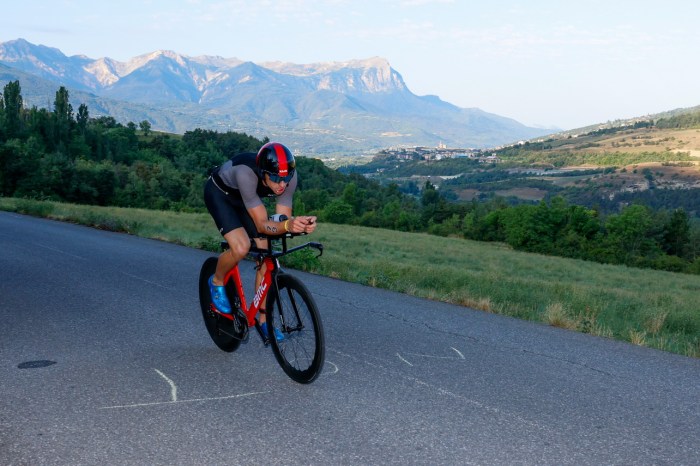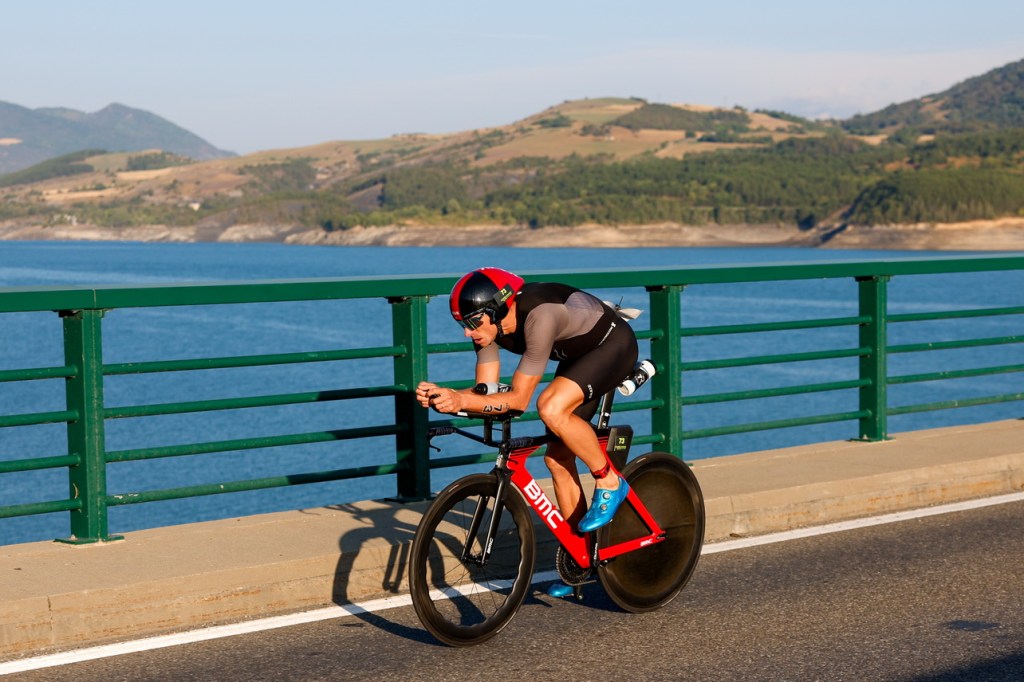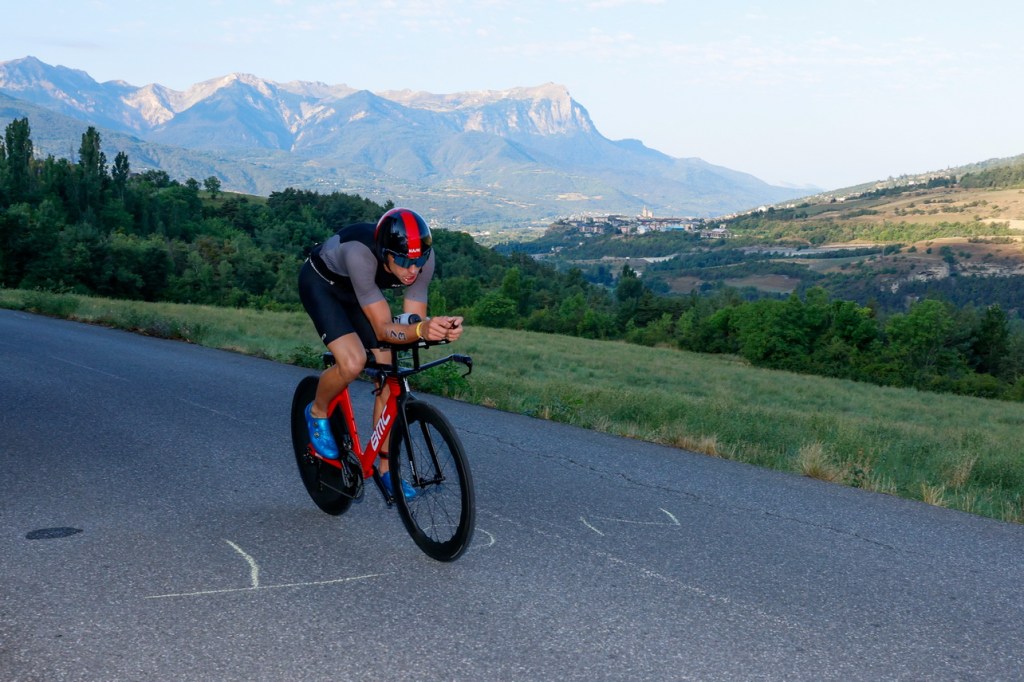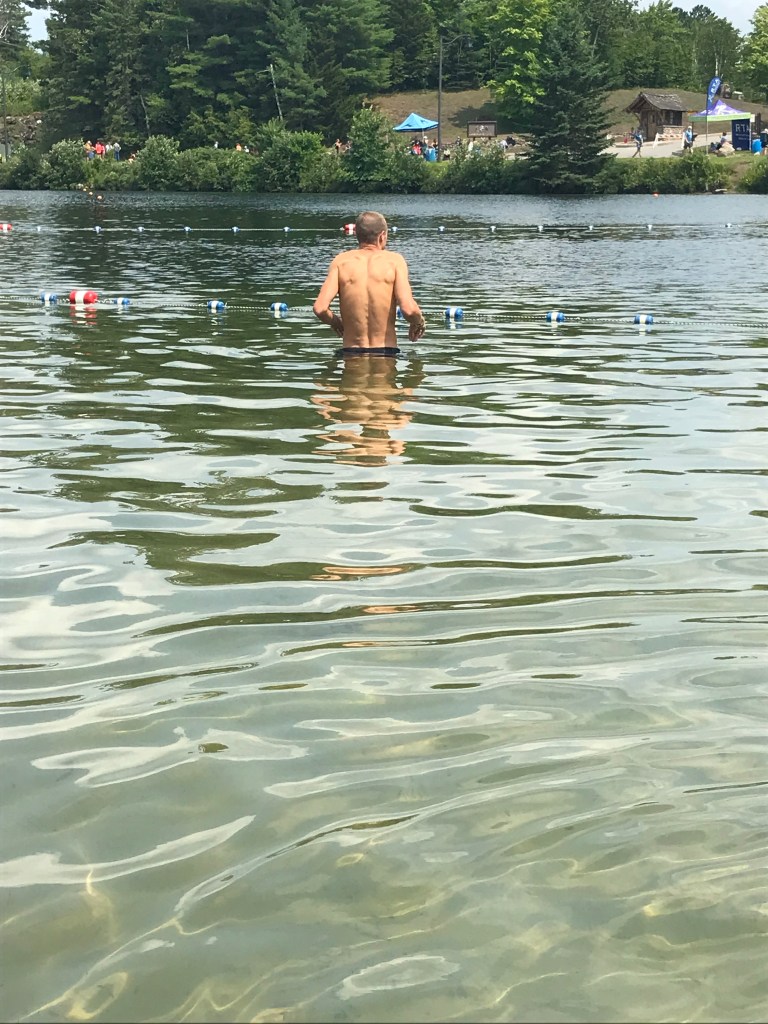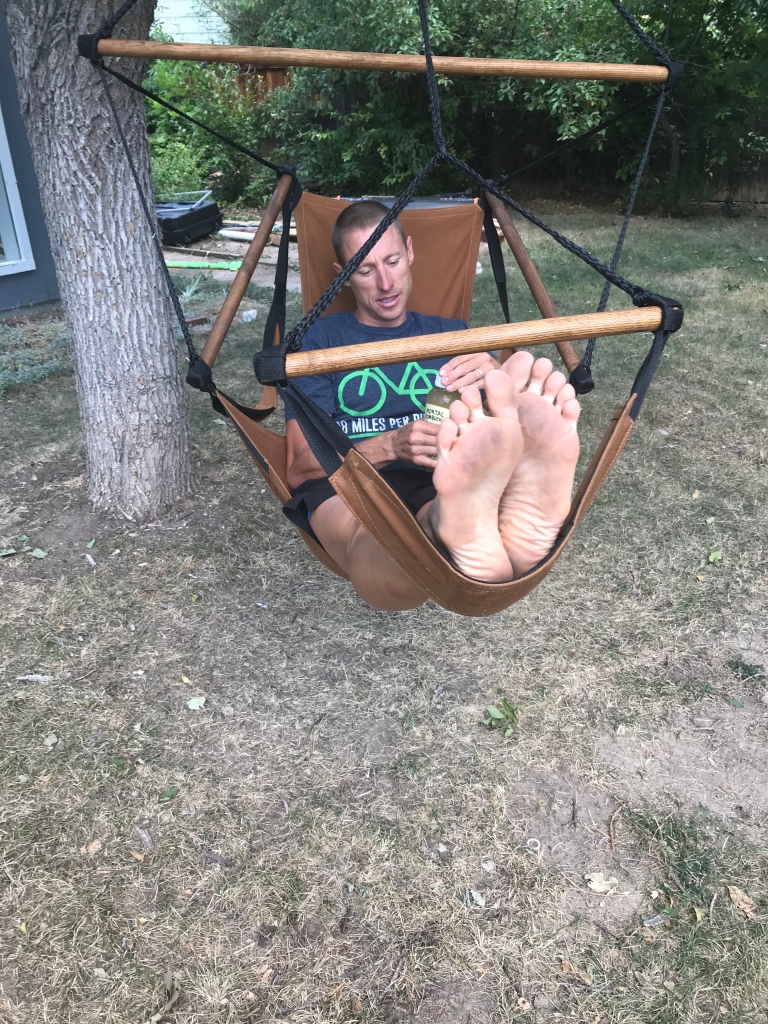I hadn’t been on the bike long when I realized my legs simply didn’t have it, and the last race of the year, Indian Wells 70.3, was just going to be a matter of trying to keep a smile on my face and reach the finish line with a few large handfuls of Maurten gels to help offset the expense of the trip. To say that this year has been a disappointment, in terms of race results, is a. . . statement (it’s actually not an understatement like you thought I was going to say—I despise that exaggerated expression because it can only be used improperly).
With a DNF from mild hypothermia at Texas, a 13 mile jog to barely reach the finish line at Boulder 70.3, and 30th place at Indian Wells, the only successful day I had this year in triathlon racing was at Wildlife Loop. I won that one, but it’s a small event (it still felt really good winning it though). I also won a 5K here in Tucson a few weeks before Indian Wells, so that was also a fun day.
However, the last six weeks of training leading up to Indian Wells were some of the most consistent I’ve had when it comes to performing well at all three events. Every week included at least one really good session in each of the three sports—and often two good sessions per week in each sport—which has been rare for me over the years. Typically, I’ll maybe have one good run and one good bike ride per week, then the running legs fall off for a month and I’ll have one good swim and one good bike per week for the next month. I almost never have three to five good sessions per week, which has been the norm. Ever since Chris Leiferman came down to train in Tucson for Cozumel in early November, I started ticking off good sessions regularly.
Some of these solid performances included masters swim sets making 2:30 send-offs for 200s, regularly performing well on Tucson’s TMFR group ride (normalized power was typically 350 to 370 for 50-ish minutes on these), and running 5:3X pace off the bike for various chunks of time without lung cramps or asthmatic breathing issues, a victory in and of itself. One solid two-day block actually came Monday and Tuesday of race week. On Monday I did a 2.5 hour ride on Mt. Lemmon averaging 347 to milepost nine, then ran 5.5 miles off the bike averaging 5:42 pace. The following day I rode a little under three hours during the TMFR group ride, normalizing 367 watts for 48 minutes while sharing pulls with Ben Hoffman in a two-man breakaway, then performed well at noon masters later that day. Note: I essentially took my taper week a week early due to Thanksgiving and bad weather; usually I don’t go this hard race week.
For the two weeks leading up to the race, I was extra paranoid that I was going to get sick or injured before race day. Something was going to keep me from performing well. But I made it to Saturday (the race was Sunday) and was still healthy! In fact, I had some of my best-ever bike openers on Saturday, easily hitting 420+ watts for two minutes in all of my openers. But apparently I peaked a day early. That’s the only explanation I have at this point (other than possibly going too hard on Monday/Tuesday), because 18 hours later I seemed to have lost virtually all of the fitness I’d built up this fall.
I swam okay. Not great, but good enough. I felt somewhat sluggish in the first few hundred meters and didn’t make it into a great group, but was able to close a gap later in the swim to maintain contact with the front half of the group I was in, and came out mid-pack at 25:49—enough to exit the water with Sam Long and ahead of Trevor Foley. My goal for the bike had been to either hold onto Sam’s wheel for as long as possible, or if he got away quickly, to ride hard solo and figure out where Trevor was on one of the turnarounds. If he was close, I’d potentially ride easy for a bit to let him catch me, then work with him. Indian Wells is pretty much as flat as a course can get, and with roughly 50 male pros, it was going to be a draft-fest. I assumed I needed to have someone to work with if I was going to make it to one of the front groups and still be able to run well.
But Sam got away as I wasted time with my broken zipper in transition. It was just the second time I’d used the new skin suit and the zipper broke—possibly from my inflated ego—as I attempted to zip it up after shedding my wetsuit. I take that back. I don’t actually think I had an inflated ego. I just liked the metaphor. Or analogy. Symbolism. Whatever it is.
My legs cramped after about a mile of riding, which is normal for me at the very beginning of a race. But they never really un-seized. I tried riding hard again a few minutes later when I thought they’d allow it, but I was still having trouble pushing anything over 300 watts. I continued sitting in with the small group of four that I’d merged with, Robbie Deckard leading the way, waiting as patiently as I could for things to start feeling better. Typically they cramp up very briefly and I’m able to start pushing hard after one or two minutes of easy riding. But I went to the front and was met, again, with acid in my quads and glutes. I looked down and saw that I was only averaging something like 310 at that point, four or five miles into the race, so 40 to 50 watts lower than what I’d planned on doing for the first 20 or 30 minutes.
Trever passed a short while later and I made no attempt to get on his wheel. There was no way my dead legs would allow it. With my unzipped jersey flapping in the wind and my legs flapping uselessly below, I drifted to the back of our group that was (mostly) forming from behind, eventually swelling to nine of us by mile 25 or so. My race ambitions were over, other than to try and enjoy getting to be in a race, and to see if I had anything special for the run. Placing in the top 10 was already a non-option, but maybe I could get a run PR. It had seemed possible, even likely, a few days earlier. A 1:14 half marathon would do it, but by the time I got off the bike (average power was just 288 and roughly 30 to 40 watts lower than what I thought I’d do) and donned running shoes, my legs were as flat and weak as they’d been on the bike. After three miles of trying, I began slowing down to slightly above endurance pace, just wanting to finish and get off the course, almost embarrassed at how poorly I’d performed compared to how fit I was.
But racing for results alone isn’t a good way to judge yourself, at least for me. Having this race on the calendar got me out the door for early morning rides, had me running hard off the bike on tired legs, and got me to the pool on days I would have rather just sat at home and rested. I truly enjoyed the training and the comradery I’ve had down here at masters and group rides—more so than I’ve enjoyed training these past few years. Tucson doesn’t have the mountain scenery or the long, winding climbs of Boulder that pop you out onto quiet, dirt roads at 9,000 feet among the aspens, but there are some other great aspects to Tucson: consistently good weather, free community pools close to home, an excellent masters program, two blazingly fast group rides per week, and the Loop path for running and riding, sans irate drivers. The race didn’t go well, but this was potentially the fittest I’ve been—across the three sports—since I started triathlon. That alone was gratifying, especially at the decrepit age of 38.
Next year will be my last year as a pro, and my last year racing triathlon in general because I have no desire to race in the age group field. Once I’m done with triathlon, I’ll be moving on to different sports if I decide to compete in anything (I’ll still run, ride, and swim for my own neurotic exercise purposes). But it’s about time to start focusing on other things in life, like stockpiling guns and canned food in preparation for the end of civilization. And yard work. Lots of yard work.
I’m going to keep the ending of this post short and simple because I’ve got some other writing to take care of. Bye.
